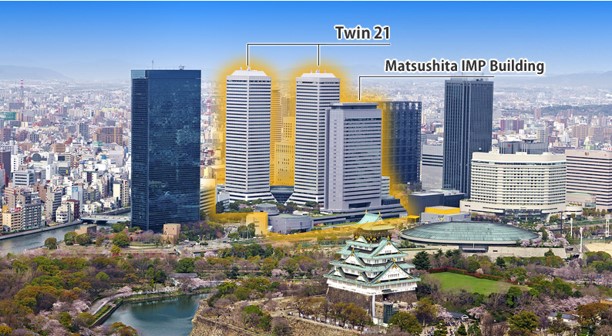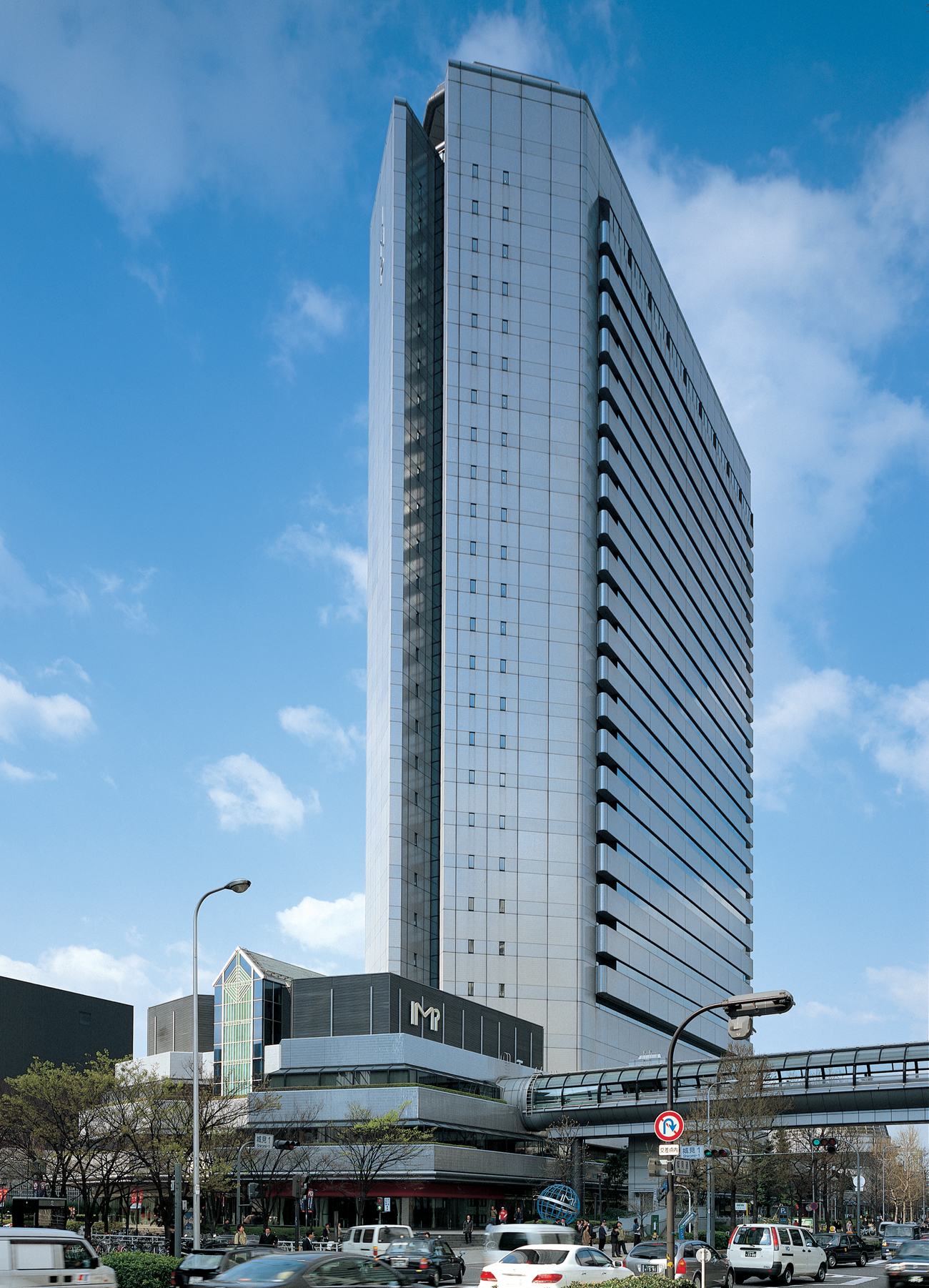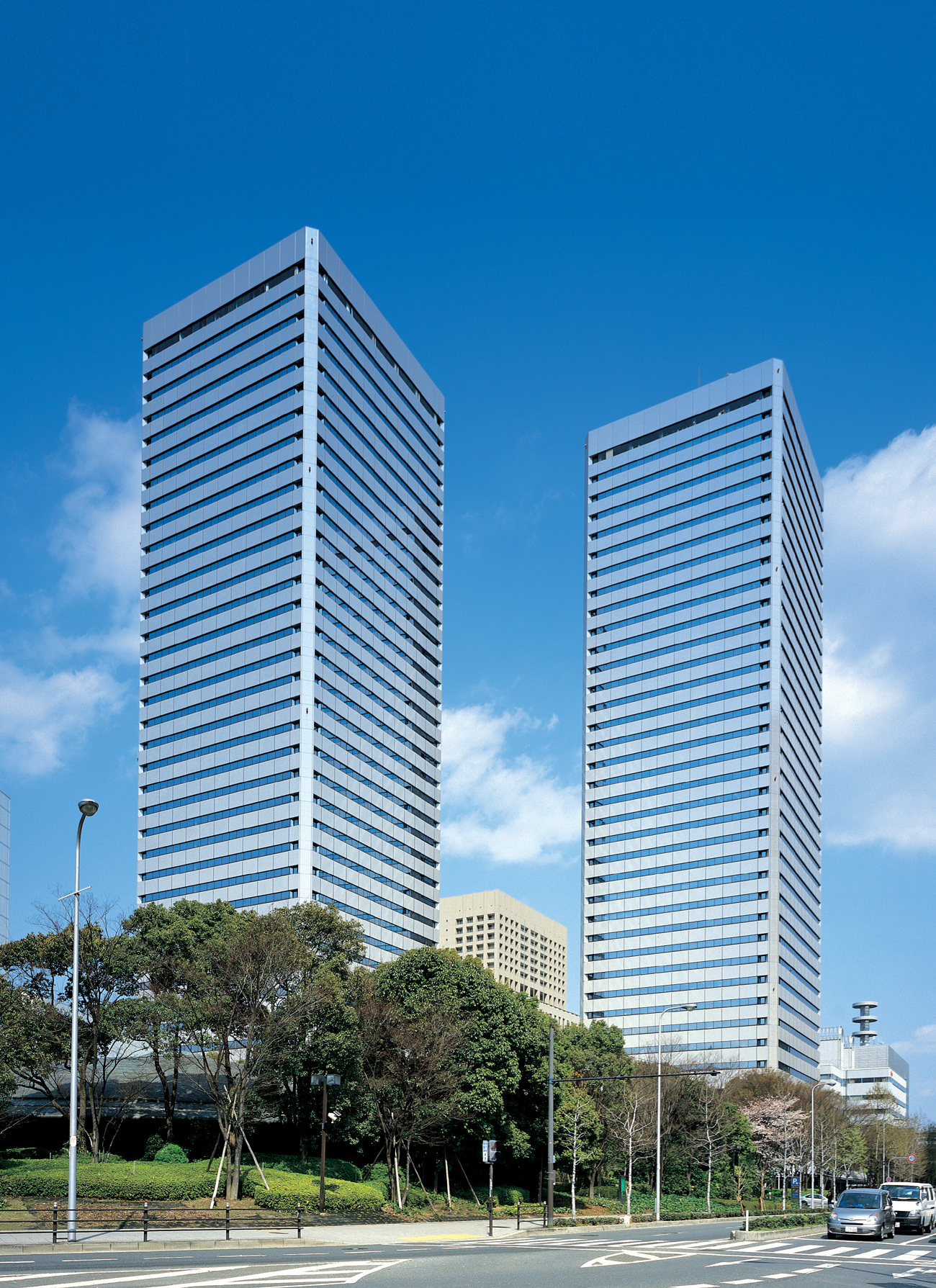Venturing into New Sectors -
How KJRM Transforming Risk into Value
In April 2015, KJRM acquired equity in another asset management company for the first time and began participating in the management of MID REIT Investment Corporation. Although we entered the office and hotel sectors as a “latecomer,” we steadily built a track record by reconstructing the portfolio, leasing large blocks of space, and improving asset value, successfully eliminating unrealized losses along the way. This is the story of that journey.
CHAPTER 01Venturing into New Sectors
In 2001, the first two office REITs were listed in Japan. The following year, Japan Retail Fund Investment Corporation (JRF: the former name of JMF) was listed as Japan’s first REIT specializing in retail facilities, becoming the third listed REIT overall. At the time, REITs were dominated by the office sector, but we intentionally differentiated ourselves by focusing on management expertise in the retail field. In 2007, Industrial & Infrastructure Fund Investment Corporation (IIF) was listed as Japan’s first REIT specializing in industrial real estate. We advanced investments in logistics facilities—then still not mainstream—as well as infrastructure assets, factories, and R&D facilities, thereby establishing a unique position in highly specialized fields.
Against this backdrop, in 2015, KJRM (then Mitsubishi Corporation–UBS Realty Inc., or MCUBS) acquired a 65% stake in MID REIT Management Co., Ltd., the asset management company managing MID REIT Investment Corporation. The names of both the asset management company and the REIT were changed to “MCUBS MidCity,” marking our entry into new sectors such as offices and hotels.
At the time of our participation, the assets of MCUBS MidCity Investment Corporation (MMI) totaled JPY 157 billion (12 properties), with approximately 60% concentrated in two properties adjacent to Osaka Business Park (OBP): “Twin 21” and “Matsushita IMP Building.” The portfolio as a whole carried unrealized losses of JPY 32 billion.

Investors expressed concerns—could KJRM effectively manage office assets? Could the concentration risks and unrealized losses be resolved?
Together with members of the former MID REIT Management (now Kanden Realty & Development Co., Ltd.), we undertook a wide range of initiatives: the first public offering after listing, diversification of the portfolio, swift backfilling of vacated space, issuance of investment corporation bonds, acquisition of an AA- credit rating, inclusion in indices, and unit splits.
As a result, within about two years we transformed the portfolio from unrealized losses to unrealized gains, and the unit price rose accordingly. Furthermore, with subsequent asset replacement in 2018, concentration risk was mitigated. By the fiscal period ending February 2021—just before the merger with the current JMF—the asset size had expanded to JPY 287.6 billion (26 properties). Compared with the fiscal period ending December 2014 (before our participation), distributions per unit had grown by +72%, and NAV per unit by +55%.
Through these achievements, investor concerns regarding office management were dispelled, and confidence in our management capabilities was firmly established.
CHAPTER 02The Power to Make the Impossible Possible
In 2017, as part of efforts to diversify the portfolio, the sale of the “Matsushita IMP Building,” which accounted for about 10% of total assets, was considered. However, a simple sale would have significantly reduced earnings, posing a high hurdle to execution.
At the time, the transaction market was highly active due to foreign entrants and other factors. Extensive discussions, verifications, and negotiations were conducted to make the deal feasible. In 2018, a transaction was realized in which two properties—Matsushita IMP Building and another with unrealized losses (total transfer price of JPY 28.7 billion)—were replaced with one large-scale office building in the Tokyo metropolitan area (acquisition price of JPY 22.1 billion). This created JPY 4.2 billion in unrealized gains.
Portfolio diversification also progressed, achieving the initial goal of reducing the two OBP properties from approximately 60% of the portfolio to below 30%. This was something that the former MID REIT alone could not have accomplished. It was a moment when KJRM’s participation turned the impossible into reality.

CHAPTER 03Turning Risk into Opportunity to Shape the Future
“Twin 21” is a twin-tower office complex completed in 1986, with 38 above-ground floors and one basement level, one of which had long been occupied by a single tenant. Since MID REIT acquired it in 2006, the tenant had repeatedly requested rent reductions. After KJRM’s capital participation, however, rent increases were achieved. Yet in spring 2022, the tenant decided to vacate approximately 40,000 m² in two phases—March 2024 and September 2025. By then, MMI had merged with JMF in 2021, which reduced tenant concentration risk, but some investors voiced concerns. We, however, viewed the situation positively, as the tenant’s rent was below market, suggesting that backfilling would likely increase revenues.
We used the period before the full vacate to form a leasing team. In July 2022, we also decided to sell one property to prepare for potential income loss at the timing of tenant replacement. The sale contract was structured to secure gains in advance, allocated across four fiscal periods starting two years after signing, aligned with the tenant’s departure schedule.
Eventually, nearly all vacated space was re-leased before the tenant moved out. Accordingly, the secured sale gains were returned to investors, while rental income and asset values improved as expected, eliminating unrealized losses. The property was reborn as an asset contributing to the overall value enhancement of the OBP area.

We always challenge ourselves not by asking “Can it be done?” but by believing “It can be done because it is us.” What is generally recognized as a risk, we have the power to transform into an opportunity. We will continue to live up to investor expectations, embracing change and never ceasing our pursuit of value creation. This ongoing journey is what drives not only our own growth, but also the future of the industry and the communities we serve.
